What happened in the last SCOTUS term?
What were the important decisions in the previous year?
October 21, 2022
The 2021-2022 term has closed for the most powerful court in the United States of America, the Supreme Court of the United States (SCOTUS). This term saw many powerful and influential decisions that will have ripples felt for many years. Let us examine the cases the Court took on in this previous term and how we may see their effects in the time before us.
Indisputably the most important and influential decision the Court made this past year was that in Dobbs v. Jackson Women’s Health Organization. In this case, the Court sought to answer the question of whether a Mississippi law banning nearly all abortions 15 weeks after conception was constitutional.
In a 6-3 decision, the court upheld the law and in the process, overturned the landmark cases of Roe v. Wade and Planned Parenthood v. Casey.
Justice Samuel Alito, writing for the majority, wrote that “Roe was egregiously wrong from the start.”
This decision was an enormous victory for the American pro-life movement, but spawned a wave of protests from pro-abortion activists because of the Court’s new ruling that it is constitutional for states to ban abortions.
Let us see now how students at our own high school feel regarding this decision. Senior Ava Longo said that she believed “women should have a choice, no matter what”, opposing the decision made in Dobbs. Similarly, senior Caraline Lambert remarked that “[the ability to receive an abortion] is something that is very important for women.”
It is undeniable that we will continue to see the ramifications of this case in the future as more states take advantage of the ruling and disallow the termination of a pregnancy while others continue to allow this.
To continue, in the first major case concerning the Second Amendment to the United States Constitution in several years, the Court was asked whether laws that prevent the carrying of handguns outside the home for self-defense were constitutional.
The Second Amendment reads, “A well regulated militia, being necessary to the security of a free state, the right of the people to keep and bear arms, shall not be infringed.”
With the Justices falling into precisely the same camps as in Dobbs, the Supreme Court decided by a 6-3 majority in New York State Rifle & Pistol Assoc. v. Bruen that such laws violate the Second Amendment to the U.S. Constitution.
Longo once again disagreed with this decision, citing that she thought a permit should be necessary to carry a gun.
One final case that the Supreme Court heard during this term was Biden v. Texas. The question posed to the Court here was whether the Biden administration had the authority to reverse a policy passed during the presidency of Donald Trump that required asylum seekers fleeing from Mexico to remain there while their cases were processed.
With Justice Brett Kavanaugh and Chief Justice John Roberts joining the three Justices on the Court appointed by Democrats (Sonia Sotomayor, Stephen Breyer, and Elena Kagan) in their decision, the Court decided in a 5-4 decision that the Biden administration did have the authority to reverse the Trump-era policy.
Lambert qualified with this decision. She said that while the policy should not be reversed immediately following the former president’s departure from office (given that it was already set in stone, so to speak), but that the policy should be able to be changed in the future once things have settled down.
The Supreme Court and judicial system as a whole were designed to serve as the “reality check” on politics and laws. Some may say the courts have been politicized by American political parties, but regardless of one’s stance on this issue, the courts, and especially the highest in the land, will continue to have a lasting influence on our politics and lives.


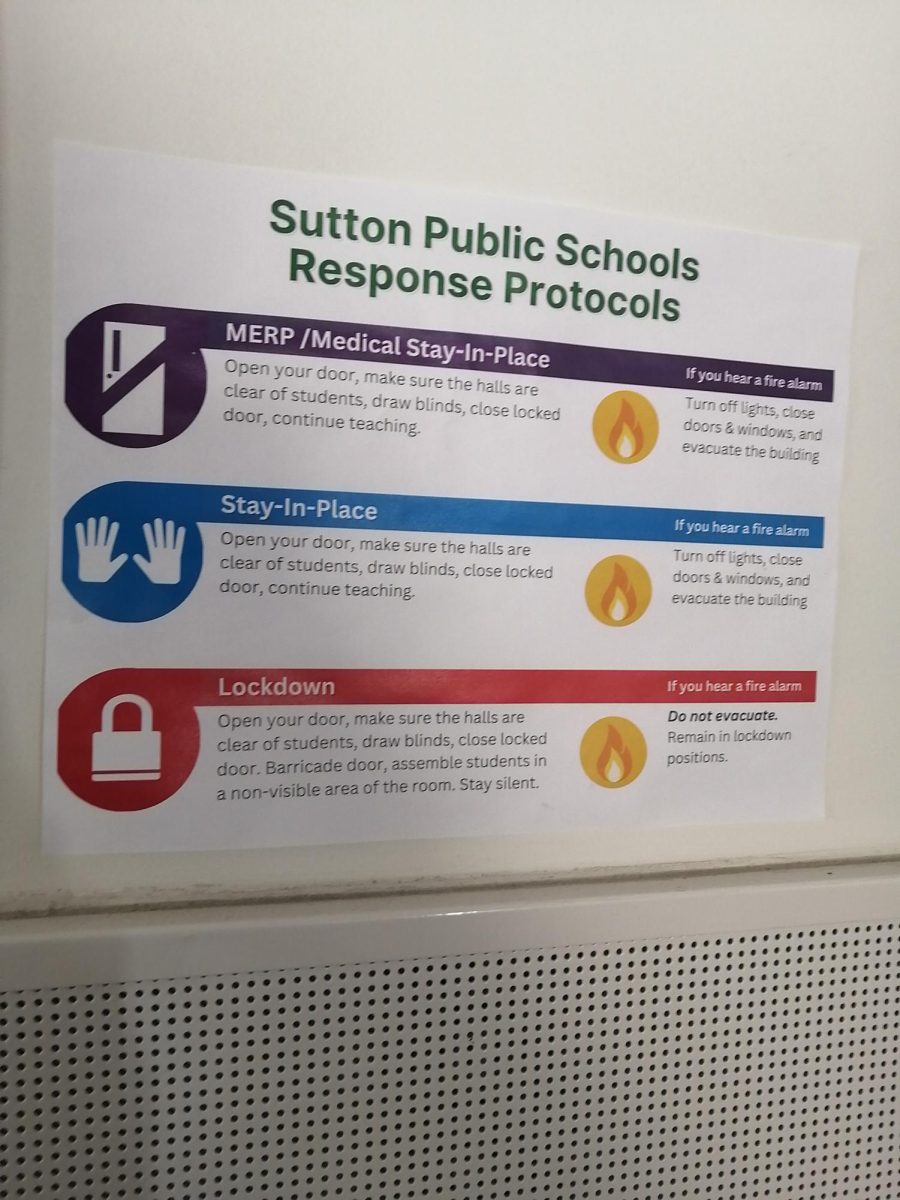
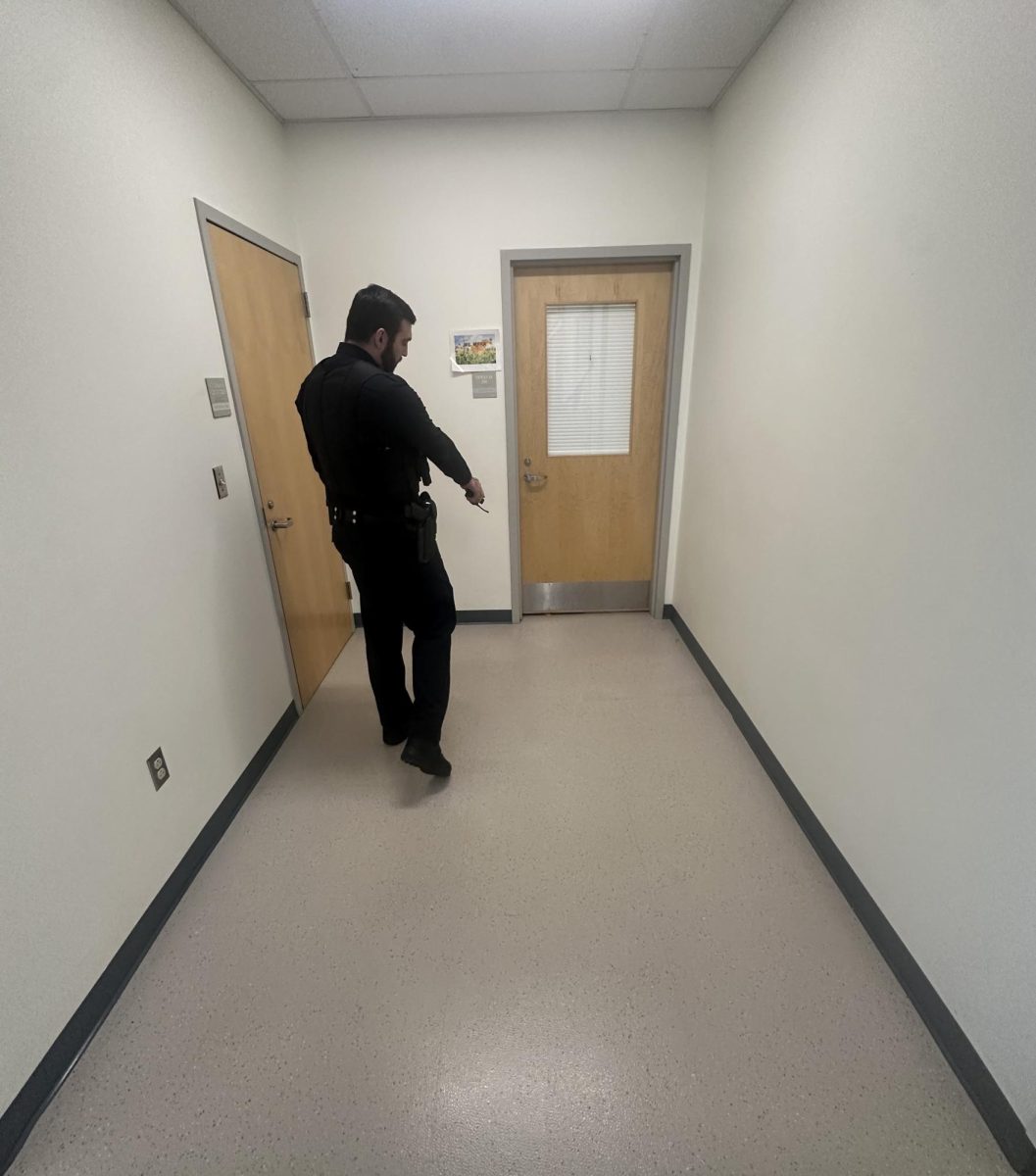


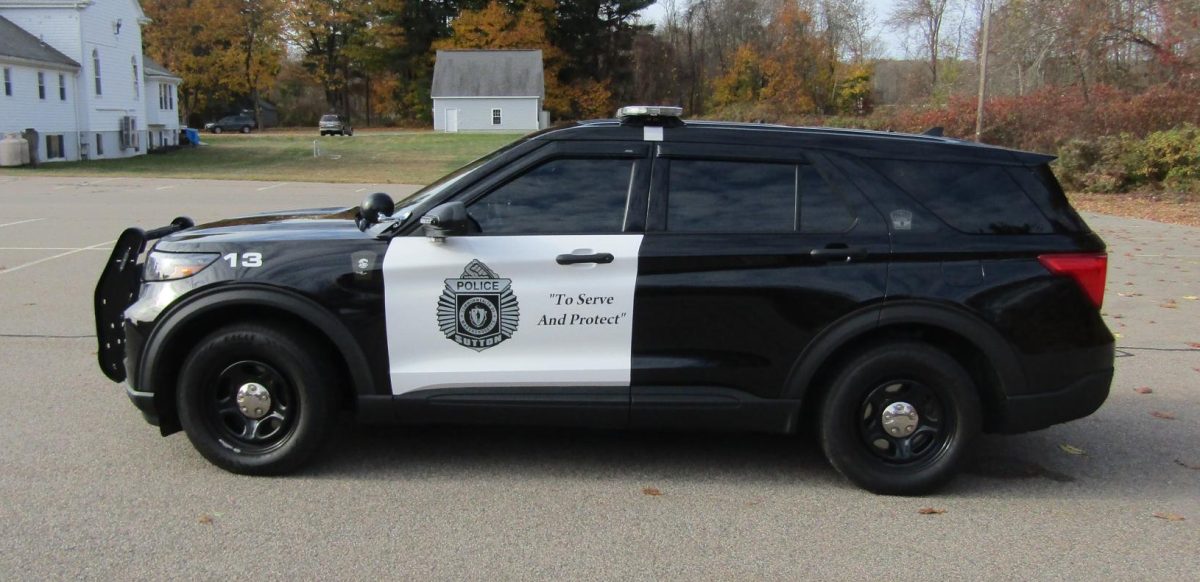
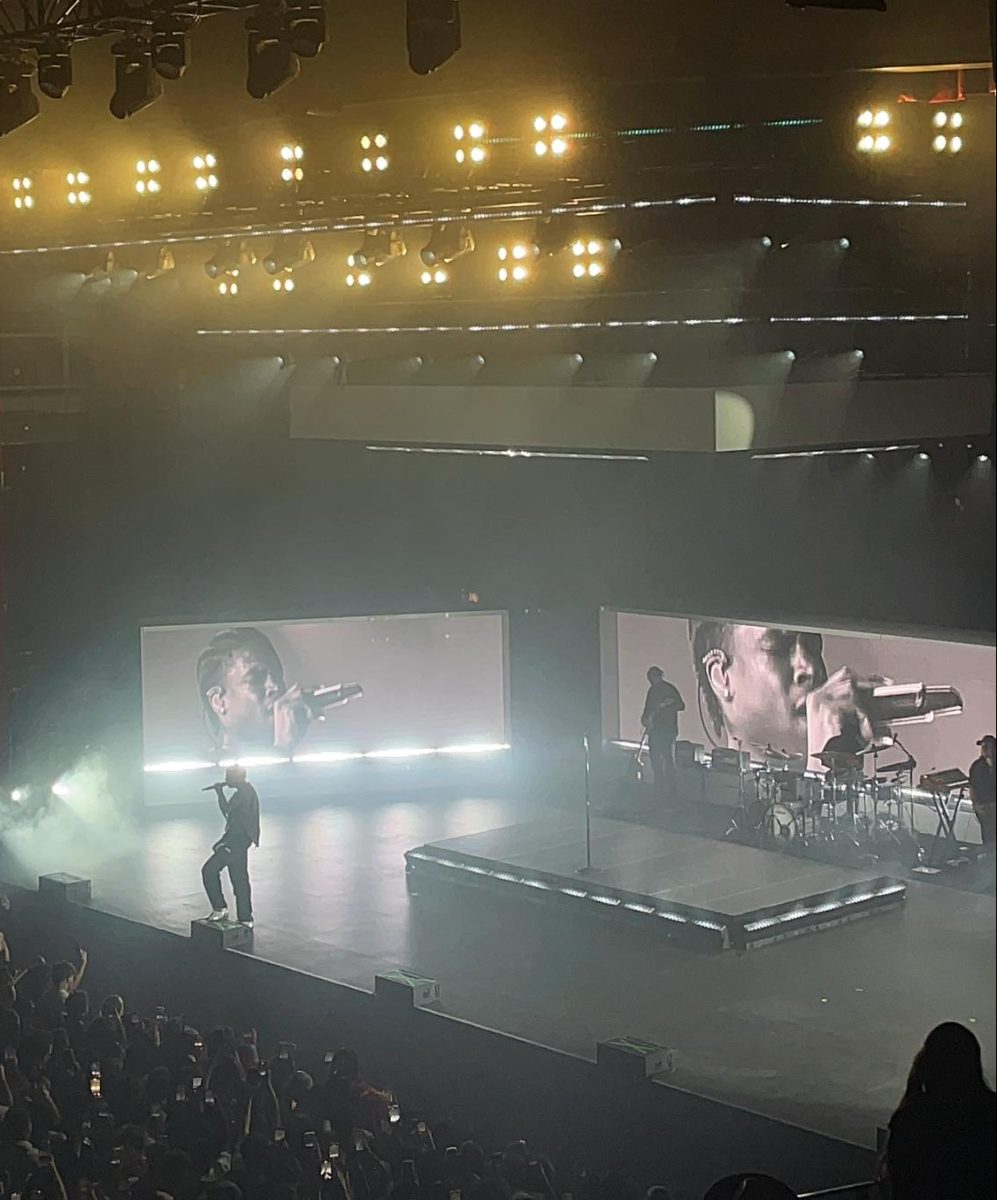
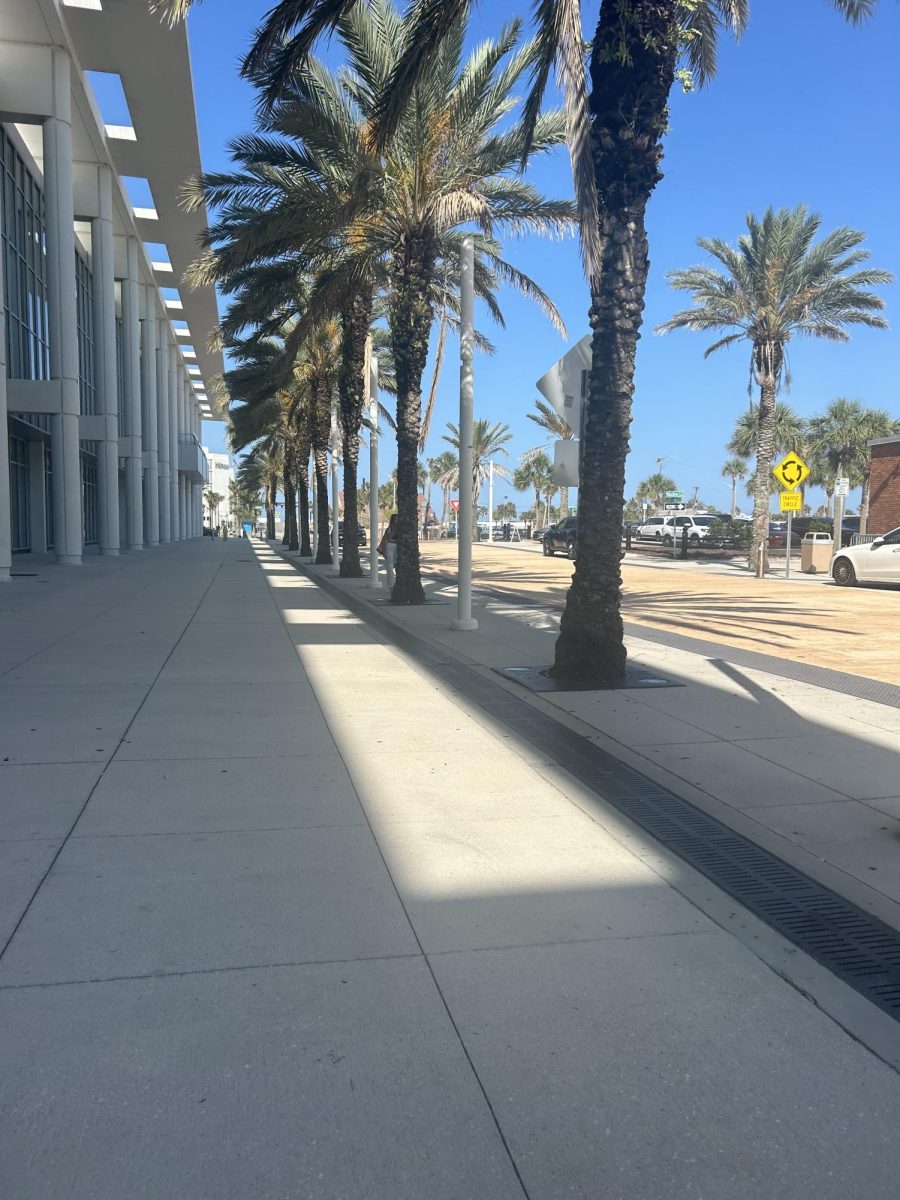
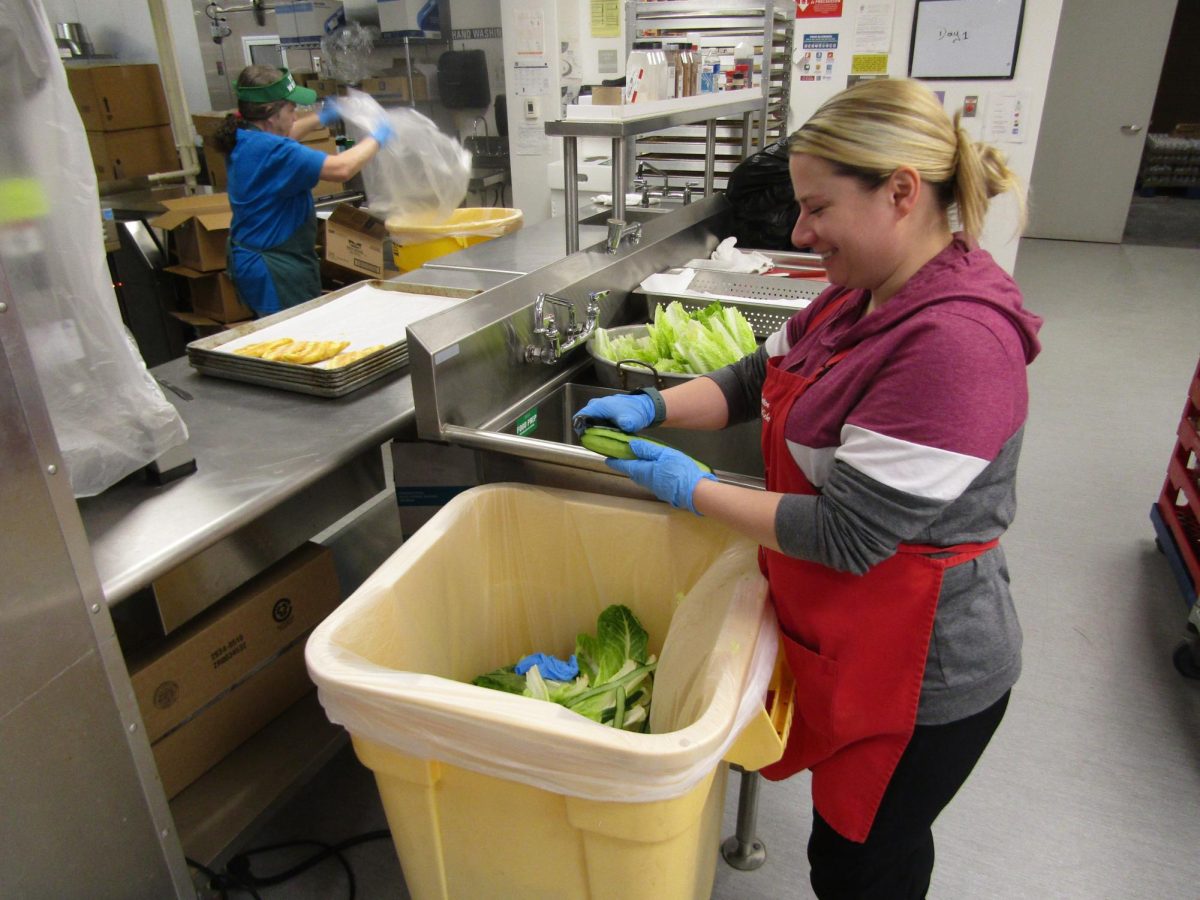





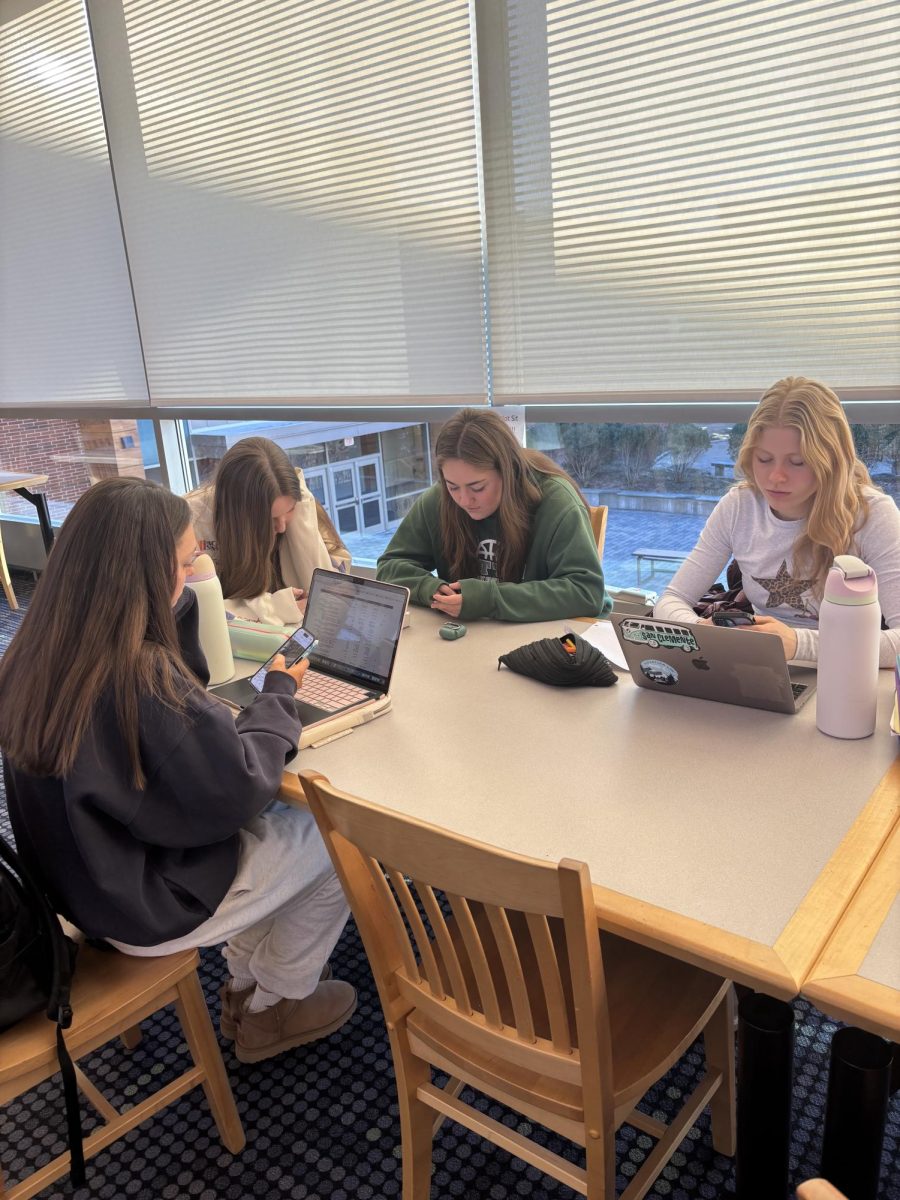




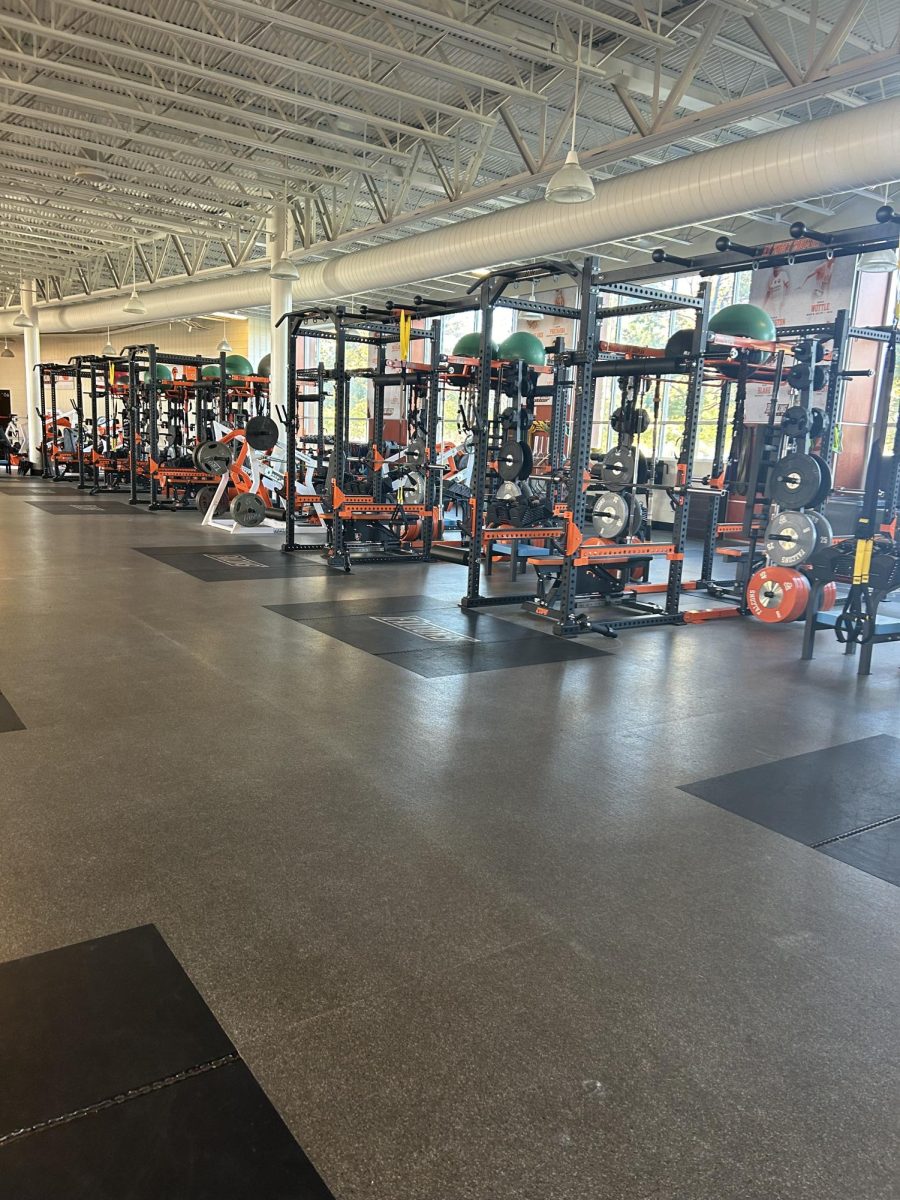


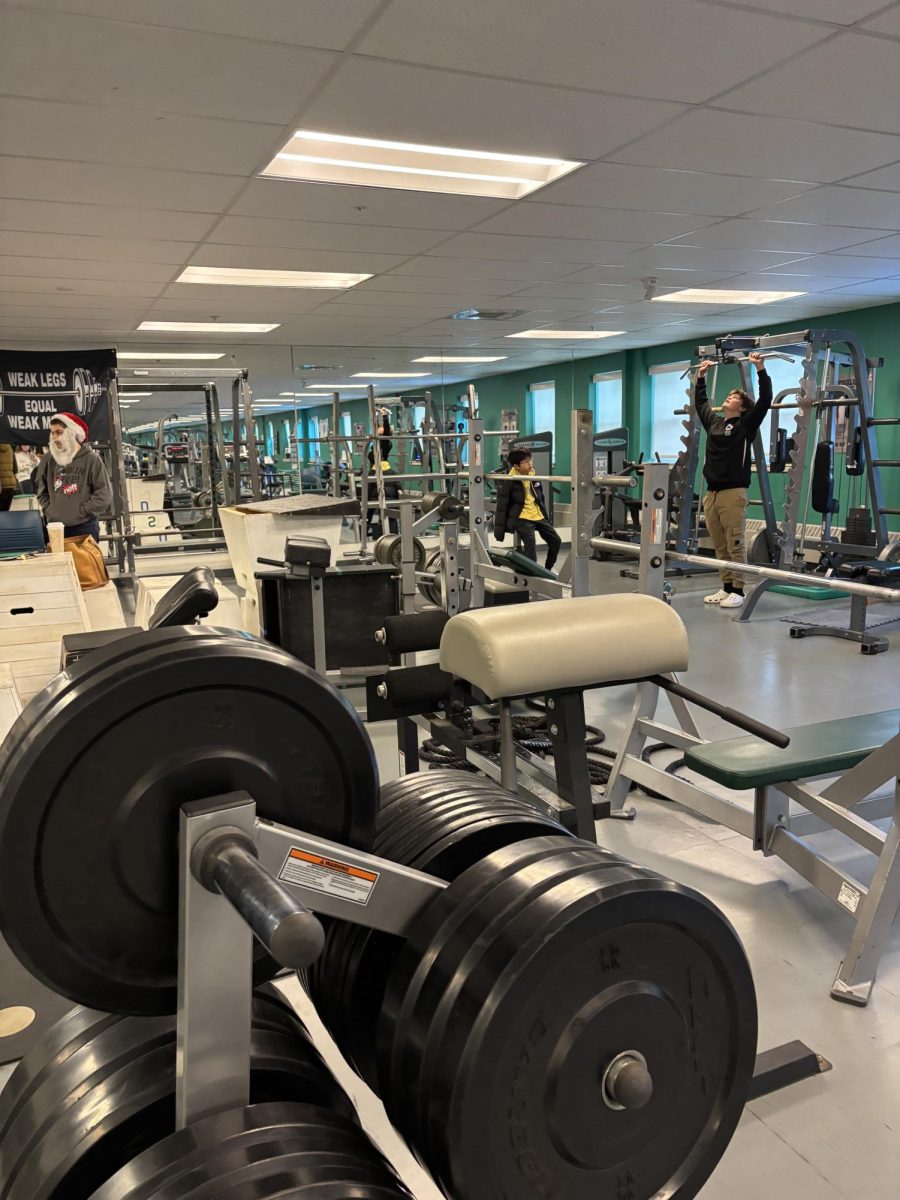

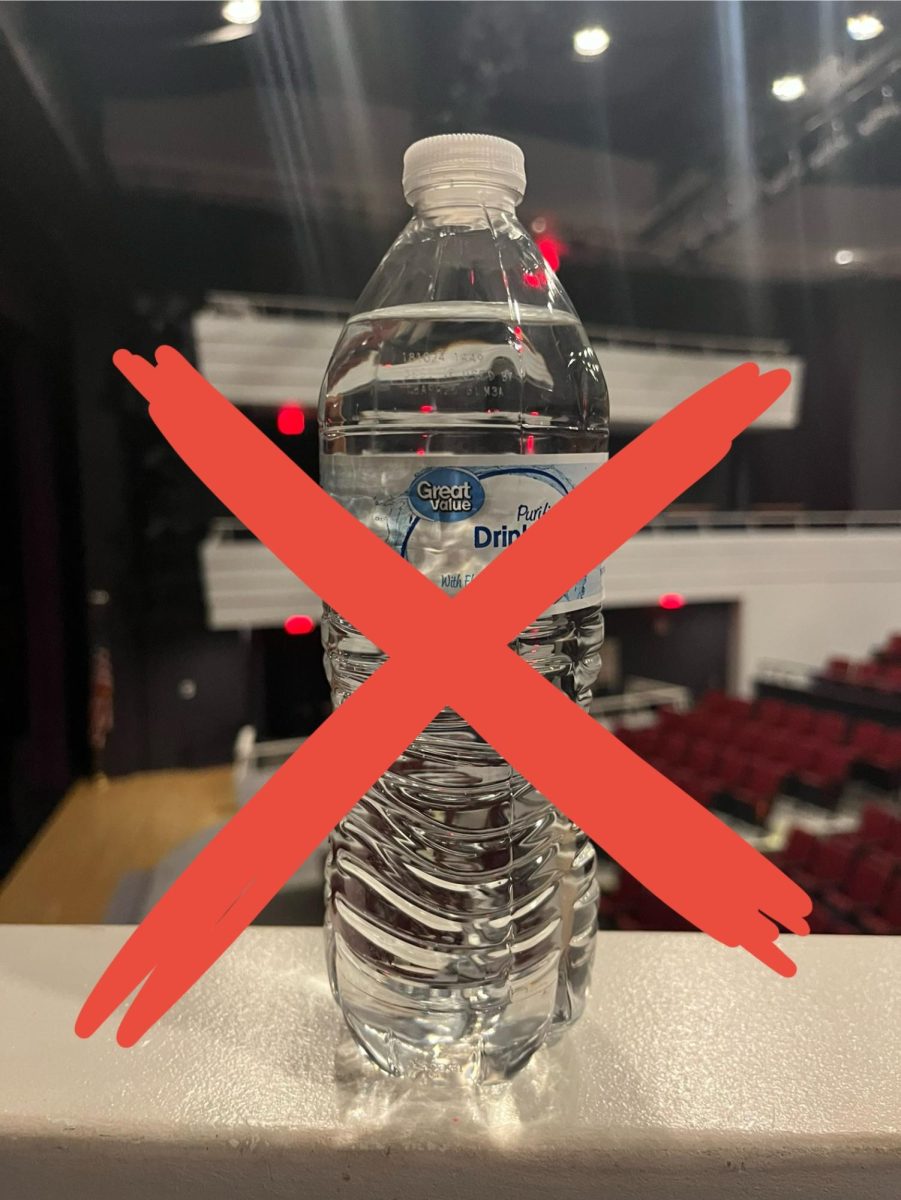
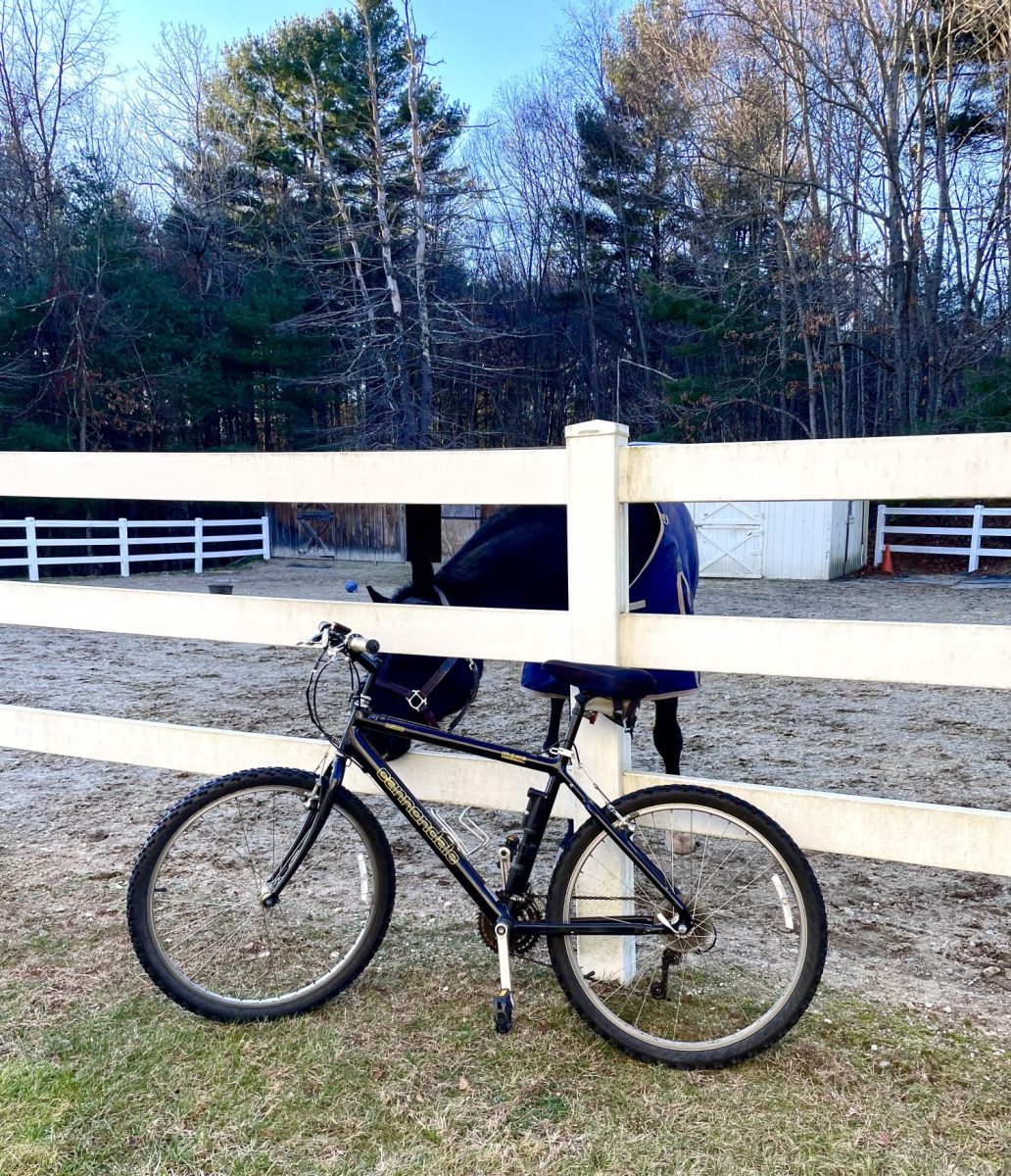


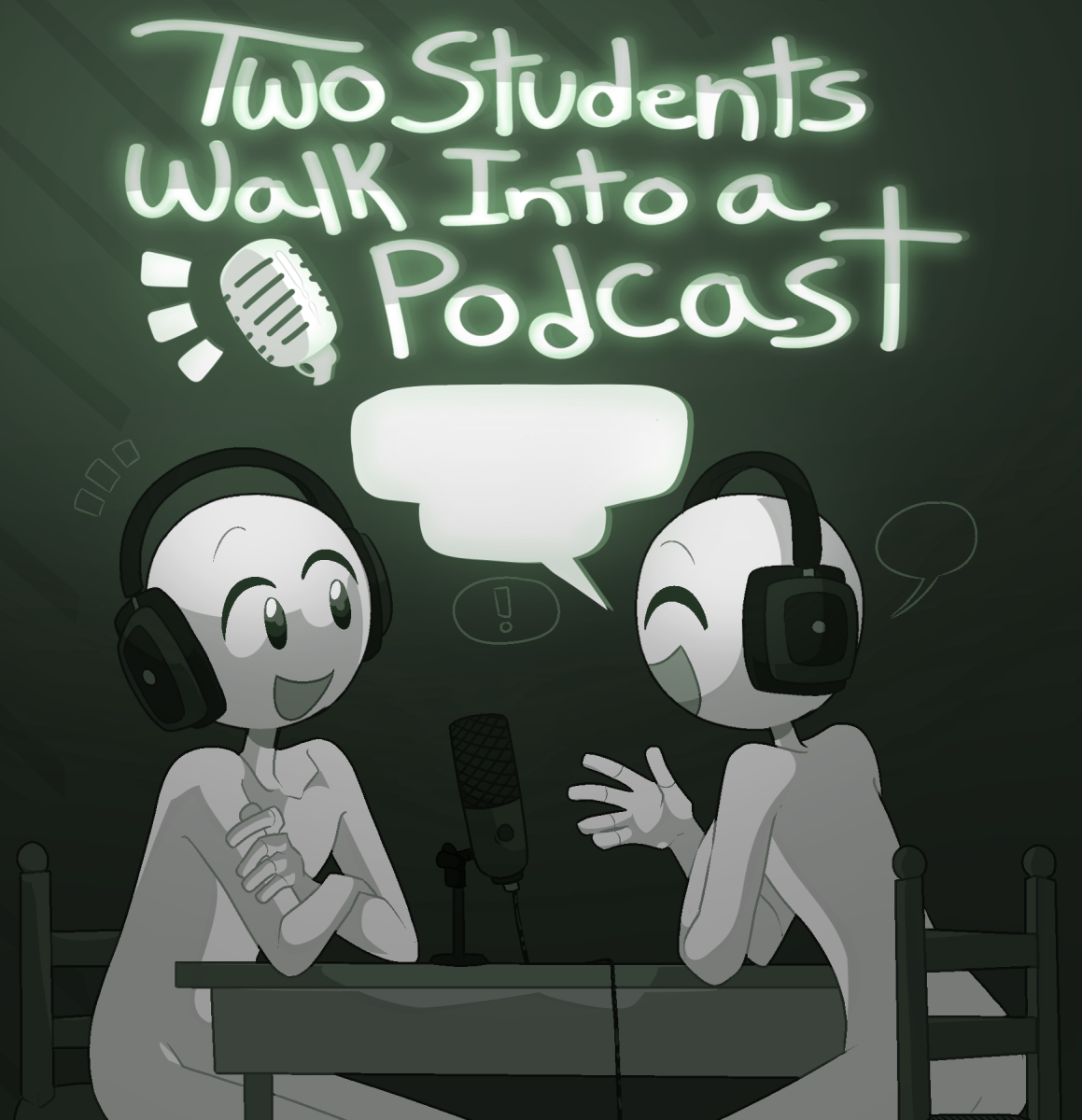


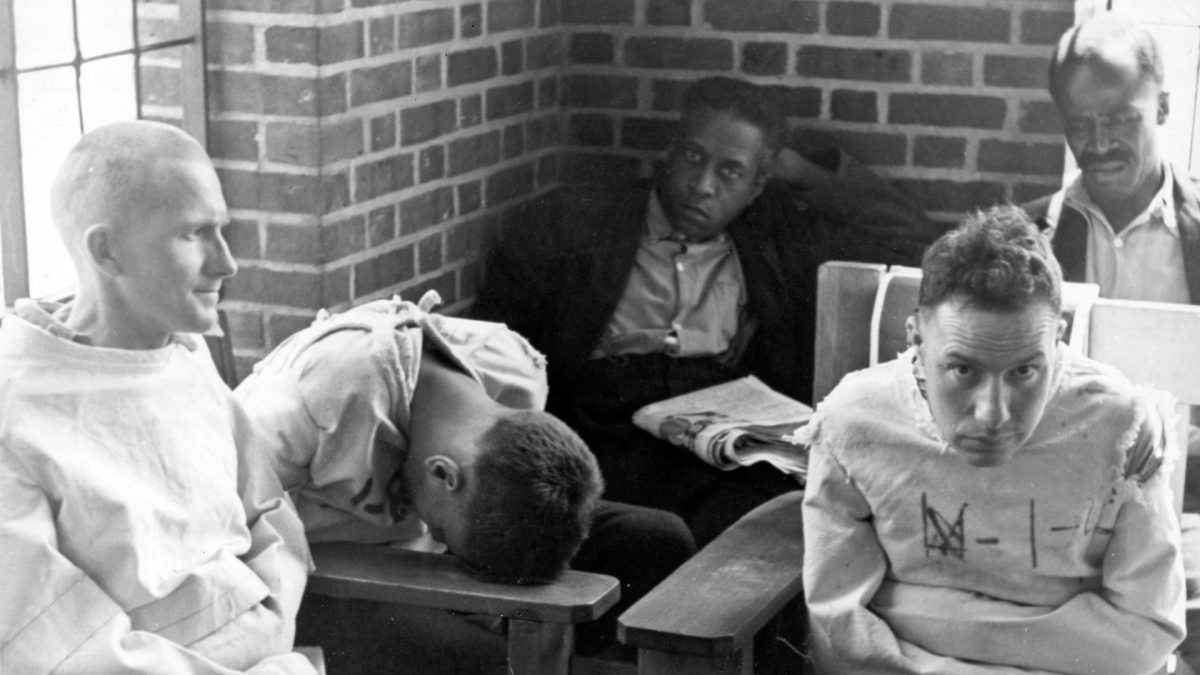


Lindsey Baiocchi • Oct 24, 2022 at 12:36 pm
Great article, Alexander. Thanks for writing on such an important issue.